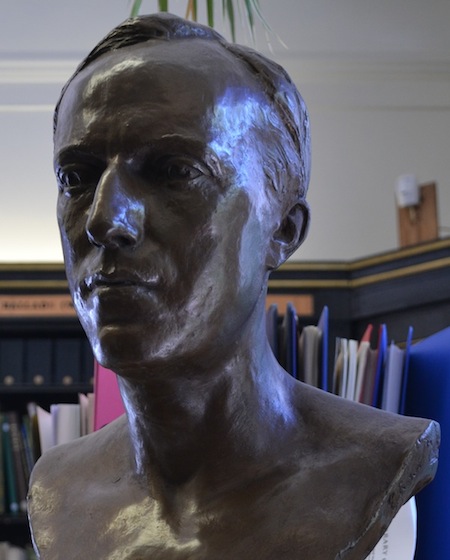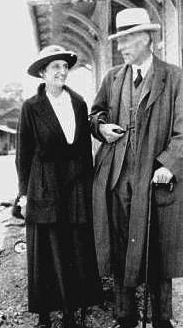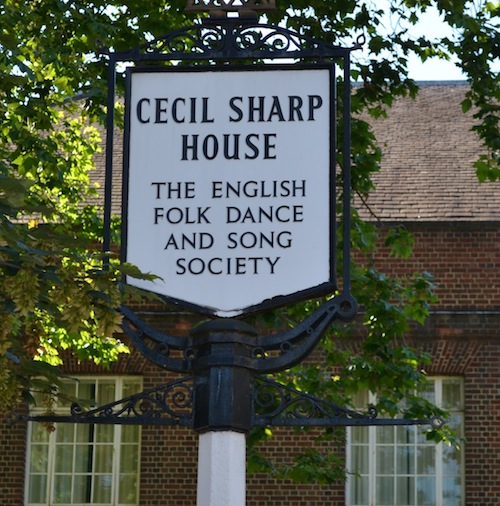
| About this Project | A Brief History |
Biographies |
Exhibition Schedule |
Performers |
Contact |
| Events | News about the Cecil
Sharp Exhibit |
Follow
the History |
Resource
Materials |
Our Sponsors | |
Commemorating their 1916-1918 song collecting in NC and Appalachia
Tracing the movement of English folk music to America
CECIL SHARP

Cecil Sharp
Cecil Sharp (1859 to 1924) was a noted English musician, teacher, folk
collector, and driving force in the music scene in early 20th century
London. The son of a slate merchant, he was educated at Cambridge
and spent some years in banking and law. While living in
Australia, he clerked for the Chief Justice of South Australia.
After a time, he decided to pursue music full time and returned to
London.BRIEF BIOGRAPHY He entered into music education, holding a variety of teaching positions, as well as composing music and lecturing. His interests moved quickly to traditional folk music of the British Isles, and Sharp began collecting and publishing books of songs and tunes. In this time he also helped to revive a nearly lost dance form called Morris Dancing that was still performed in a few villages in the east. Sharp’s interest was increasing in bringing the traditional music to the schools, and he continued to publish books. In 1911 Cecil Sharp founded the English Folk Dance Society, which later merged with the English Folk Song Society to form the present English Folk Dance and Song Society (efdss.org). During the First World War, Sharp was above military age, and in order to support himself and his family, in 1915 he came to America to create dance choreography and to lecture. In this year he founded the American branch of EFDSS, which is now the Country Dance and Song Society (cdss.org). The following three years (1916-1918) he returned to America to travel the Appalachians to find, notate, and collect what he believed to be surviving English folk songs that had traveled with immigrants in the 18th and 19th centuries. A connection with Olive Dame Campbell, who was working the in mountains of North Carolina, convinced him that this was a reality. Traveling with his associate Maud Karpeles, Sharp visited North Carolina, Virginia, Tennessee, West Virginia, and Kentucky, collecting over 1600 tunes that resulted in the publication of two volumes of this music. The travel was arduous and his health was not good at the time. The two formed lifelong connections with many of the mountain residents. His work was also documented with a series of photographs. Maud Karpeles carried on this work after his death and became Sharp’s biographer. In 1950 she returned to the area to record this music and located a number of people from their previous encounters. After 1918, Sharp never did return to America but his influence continued. His work is noted and influence remembered through the present day EFDSS and the vibrant programs at Cecil Sharp House and the Vaughn Williams Library. |
 Sharp and Karpeles in Berea Kentucky 1917 Commemorating their 1916-1918 song collecting in NC and Appalachia Tracing the movement of folk music from the British Isles to America |
Headquarters of the English Folk Dance and Song Society
London, England
efdss.org

| For a longer biography of Cecil
Sharp look here: Article by Michael Yates |
Home